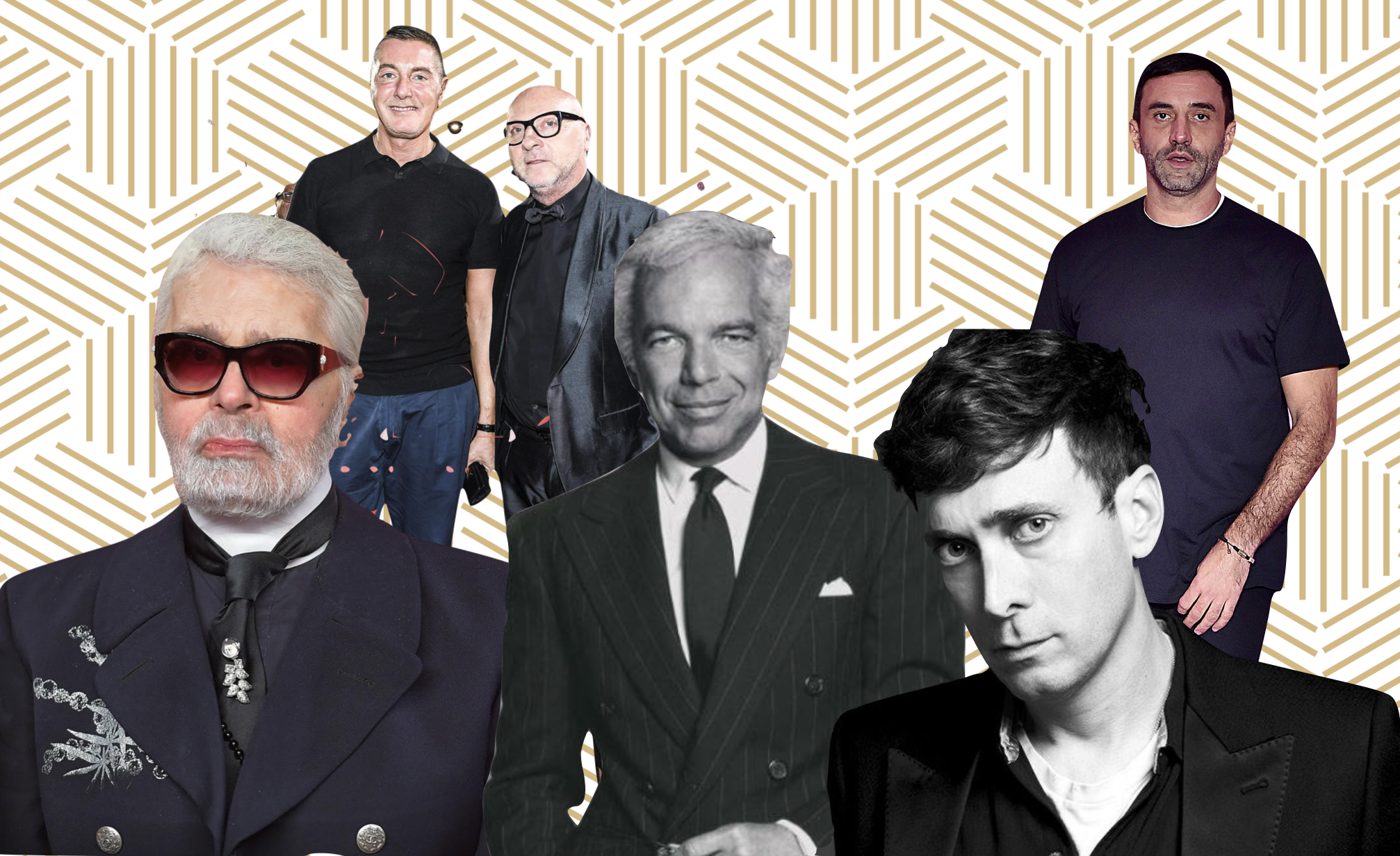The global fashion industry witnessed Dolce & Gabbana’s shocking misstep in China this past two weeks after a culturally-inappropriate video campaign embroiled the top fashion house in a controversy that has led to increased anti-international brand sentiment in the country.
Since the highly publicized blunder, there’s been a lot of discussion about the way brands need to appreciate other cultures to avoid the same mistakes going forward. But what’s getting lost is this debacle is, first and foremost, a leadership issue, one that reveals a continued and accelerating “cult of personality” approach within the fashion industry’s centralized power structure.
“Environments that have a dominating leader with a very centralized view on content creation and approval are more likely to be more directive and ignore local specificities,” said Daniel Langer, CEO of Équité, a New York-based luxury, lifestyle, and consumer brand development group.
The Dolce & Gabbana model is a common one#
The co-founder and designer of the brand, Stefano Gabbana, is a public figure with a massive social media following due to his creative talents and outspoken personality. His position (not to be confused with his "reputation" or "status") in the fashion world is on par with other powerful elites such as Ralph Lauren, Tory Burch, and Karl Lagerfeld, all of whom fall into a group known as “Celebrity Designers.”
This designer type is far from new to the fashion industry, and, back decades, powerhouse luxury brands were steadily churning them out. Some relatively recent prime examples include Phoebe Philo (who was with the old Céline), Alexandra Wang (who was with Balenciaga), and Alber Elbaz (who started with Lanvin).
At first, these designers were simply seen as a breath of fresh air for houses that were perhaps stuck in a design rut. What’s changed now? In today’s market, the stakes and the profiles are much higher, and luxury fashion brands often rely on established high-profile creatives (for their talents, fame, and online influence) to stand out among their rivals and stay relevant in a highly competitive environment. Controversy and fame are courted. When something goes wrong, a backlash is immediate, and global.
Celebrity designers: Are they vital for success?#
“Having a big-name designer is a gain in the short-term in terms of buzz, visibility, and communication,” said Susanna Nicoletti, founder of The Fashion Dispatch, which is a Milan-based digital platform about branding, luxury, and fashion strategies. The Shanghai-based fashion influencer and consultant Leaf Greener agreed with that sentiment, saying that hiring celebrity fashion designers definitely helps brands revamp a worn-out image while turning followers of those designers into new fans of the fashion house.
Beginning in early 2018, the industry has seen two new notable celebrity designer hires. First, previous Yves Saint Laurent star Hedi Slimane took over the brand Céline and instantly made his mark by turning it into “his Celine.” This included changing the logo, cleansing the brand of the previous designer Philo’s legacy, and dramatically altering the brand's style.
Then in March, the British fashion brand Burberry recruited Riccardo Tisci from Givenchy and granted him the power to helm the entire house. Aside from inventing a new logo and monogram, Burberry has spent a lot of time and money creating a buzz over Tisci’s lucky number 17. The designer's debut runway show occurred at 17:00 on September 17, and the release of their capsule edition happens on the 17th of each month -- a clear choice that puts Tisci’s personal interests front and center in Burberry’s business plan.
From Gabbana to Slimane and Tisci, these designers’ personal preferences and values get firmly woven into brands’ equities and identities, and, to a certain degree, that type of celebrity figurehead is exactly what today's millennial and Gen-Z luxury shoppers demand from brands they desire.
Balenciaga CEO Cedric Charbit recognized the need to move in a personality-driven direction at the recent New York Times International Luxury Conference. "A brand needs to stand for something,” said Gharbit. “A luxury brand is no longer just about heritage, craftsmanship, and creativity. It’s also about the values, what we believe in and stand for… this is as important as our aesthetic."
The dangers of celebrity designers (and how to avoid them)#
Nonetheless, these brands’ management can’t afford to neglect the risks a "cult" fashion designer can bring, especially in an era when social media has made it easier for designers to exert their personalities and statements directly on customers via major international fashion houses.
“Creative Directors with a high number of followers should be aware and guided not to mix their own statements and personality with the brand they work for,” Nicoletti suggested. But some of the blame could also fall on the fashion house. Langer warns that if a brand's DNA isn’t sharply defined, that there could also be the risk that a creative genius could easily outshine it.
Leaf Greener, however, noted that there’s a stark difference between Gabbana's case and the other recent celebrity designer hires by other luxury brands. “Gabbana is not only the designer but the founder and owner of the brand,” Greener said. “But the rest of the names you mentioned are just working for brands.”
In other words, when things go afoul, a brand can distance themselves from a hire if need be, but that’s much harder to do when the offender is the founder or CEO.

